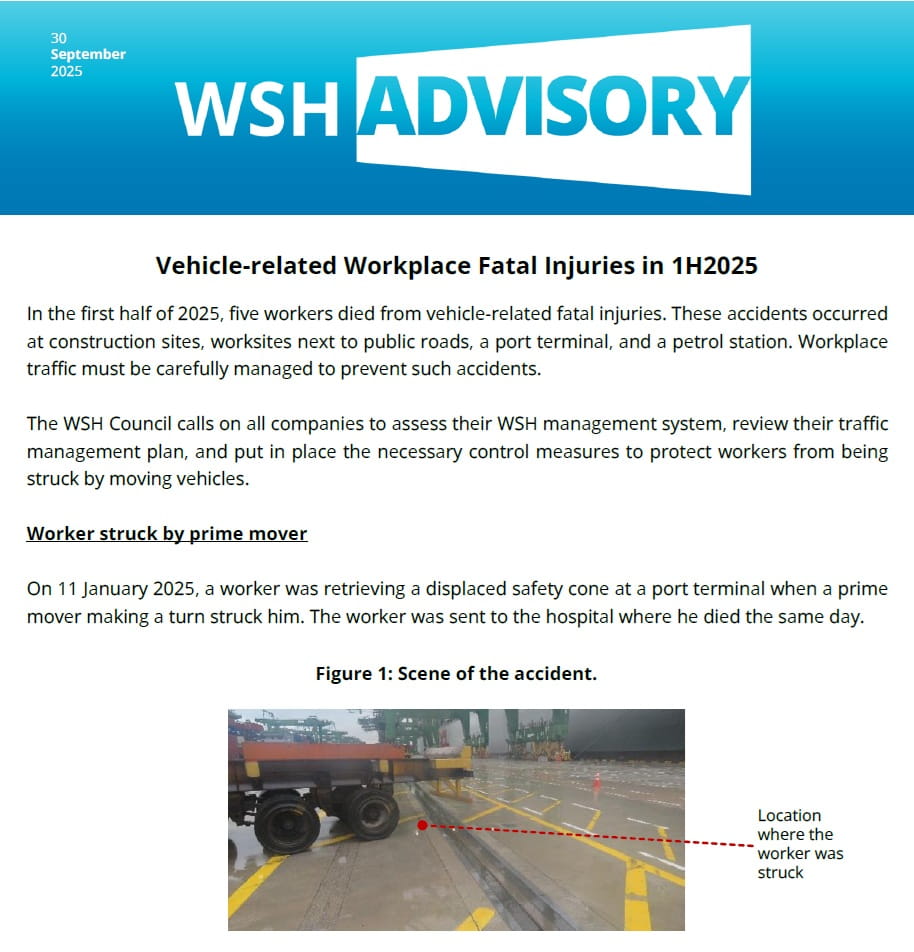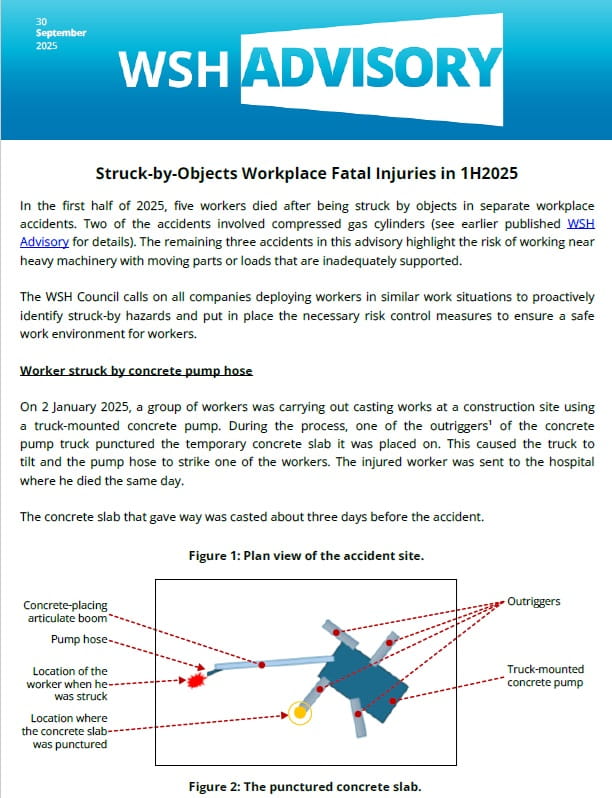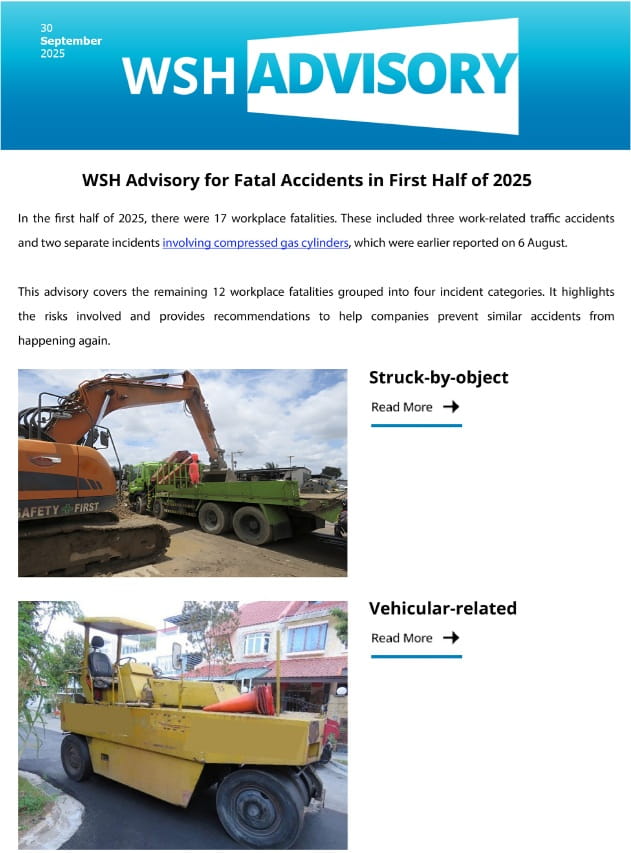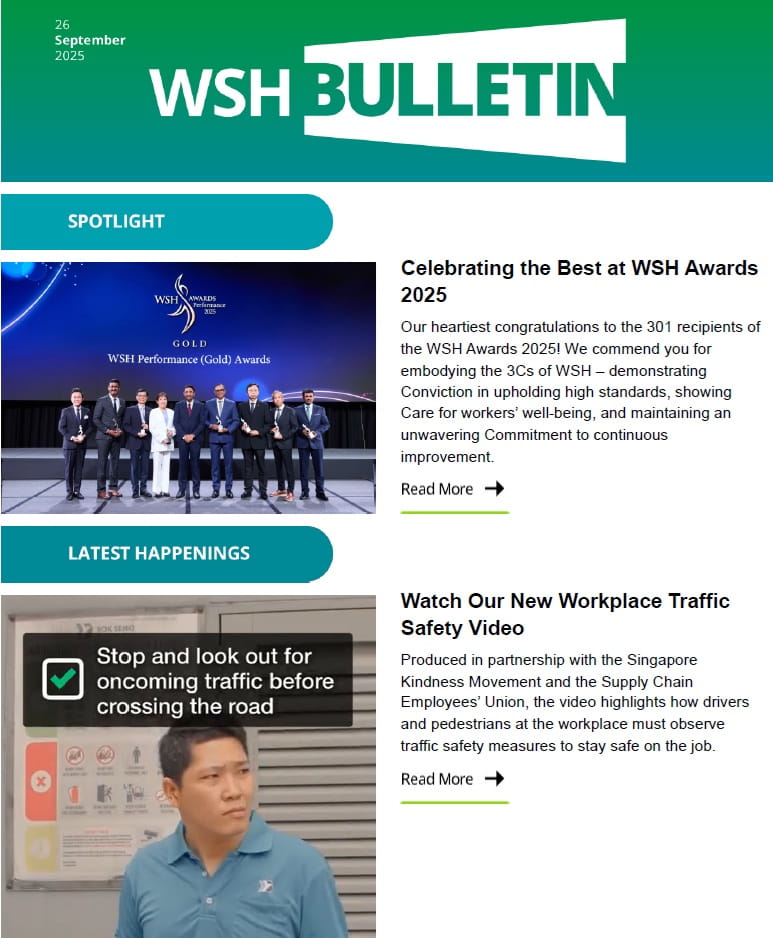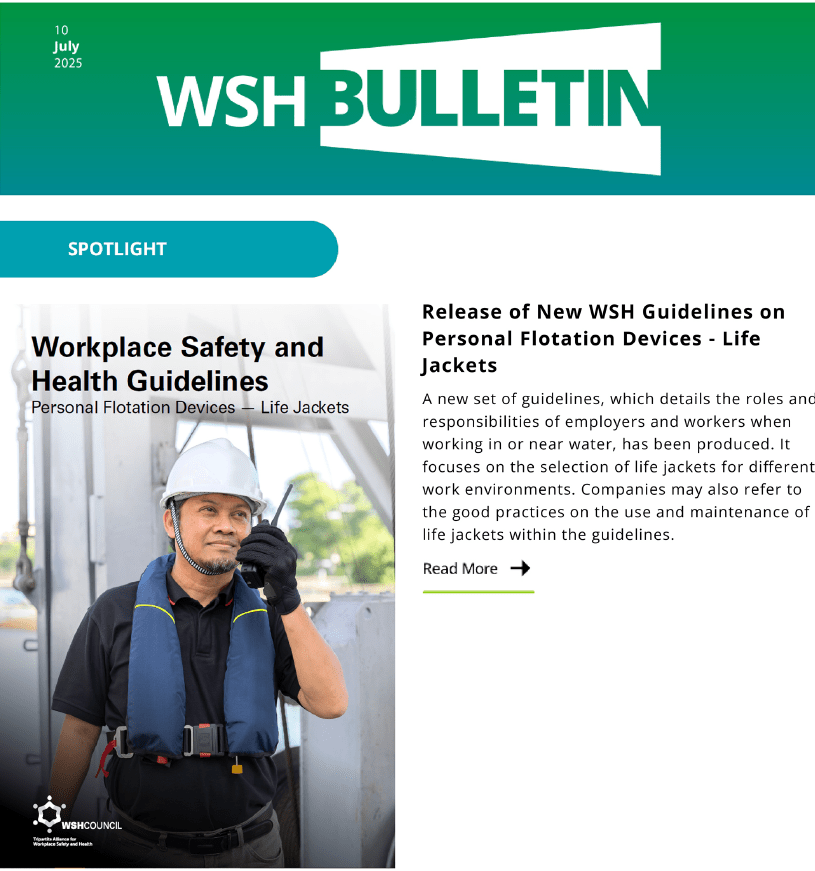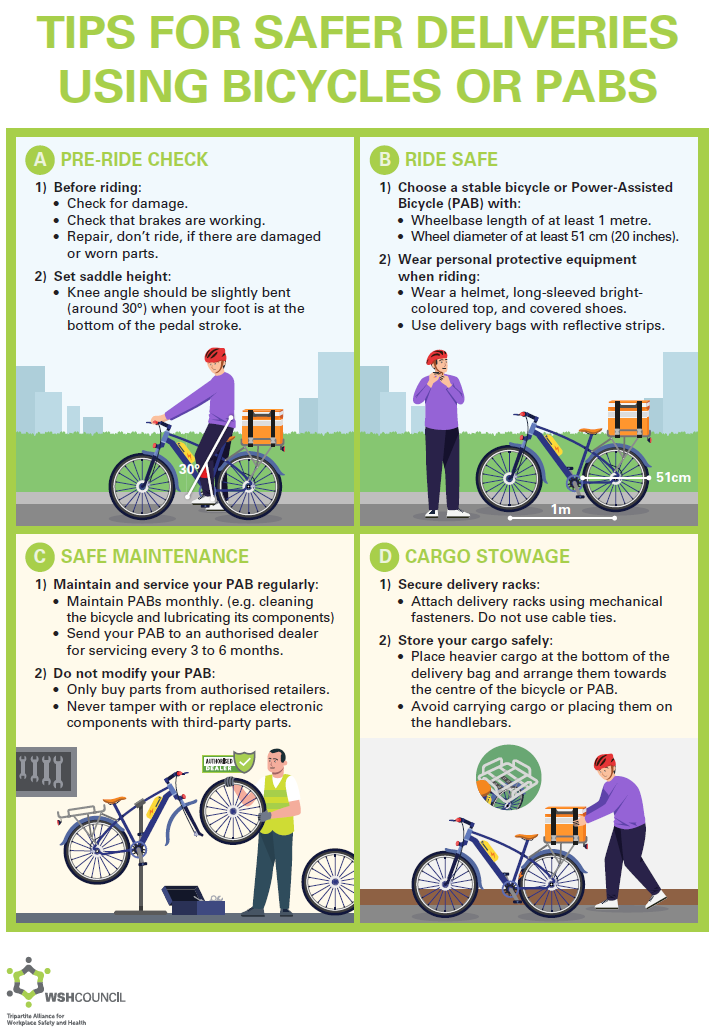Leveraging Technology
Investing in technology to improve vehicular safety can greatly reduce the costs associated with business recovery, should an accident occur.
Why Adopt Technology?
Accident costs can seriously impair the bottom lines of businesses, whether big or small.Investing in technology to improve vehicular safety, a common cause of accidents, can greatly reduce the costs associated with business recovery, including compensation, should an accident occur. Thus, investing in WSH protects employees, a company's most valuable asset, while ensuring business sustainability.
Companies can utilise WSH technology for a variety of purposes, from capturing data and using the findings to educate and counsel drivers, to monitoring driver behaviour and alerting them should there be a safety hazard. In the transportation and storage industry, for example, this can help reduce episodes of drivers’ fatigue and results in fewer potential collisions.
Based on a survey of companies by the Ministry of Manpower (MOM), approximately 7 in 10 businesses have implemented WSH technology solutions.
What Technology is Available?
There are various WSH technology available to improve vehicular safety. The following table provides an overview.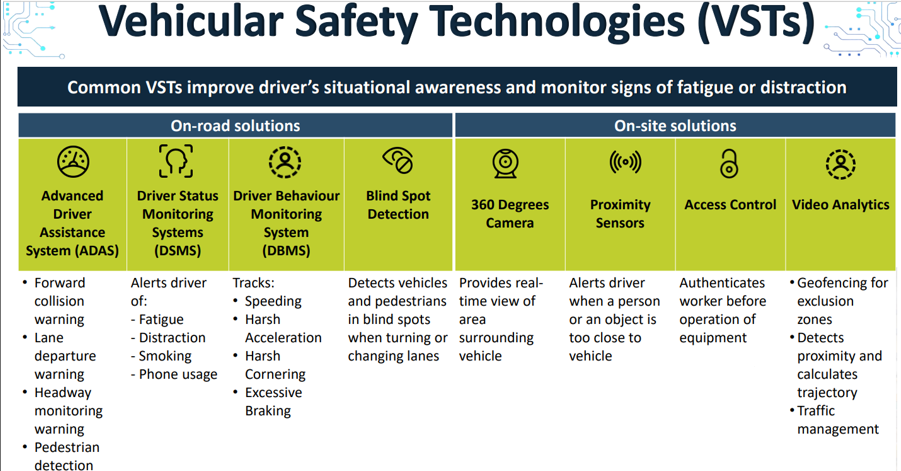
Success Stories
Many companies have utilised technology to improve their vehicular safety. Read about some of their success stories below. We encourage more companies to embrace WSH technology.(The below success stories are examples shared by companies and are not exhaustive)
| Kiat & Kiat Contractor installed the Vehicle Safety System (VSS) on 90% of their vehicle fleet in July 2022. With the live feed from VSS through mobile devices, the management is able to respond promptly to the WSH risks observed before an incident happens. It also helps to ensure that work is performed safely as instructed. |
| Or Kim Peow Contractors Pte Ltd adopted Advance Human Hazards and Avoidance Alerts System (AHHAAS) Anti Collision System in about 10% of its applicable vehicle fleet since July 2023. The technology reduced the company’s reliance on banksmen, automating anti-collision communication and enabling better workforce allocation for enhanced productivity. |
| SBS Transit Ltd installed the Advanced Driver Assistance System (ADAS) progressively since 2019 in all of their buses to enable Bus Captains to pre-empt potential hazards. In the first year of installation, there was a 44% reduction in the number of head-to-rear cases compared to the year before. The number of head-to-rear cases had also remained consistently low since installation. |
| Sin Chew Woodpaq Pte Ltd installed Driver Status Monitoring Systems (DSMS), Driver Behaviour Monitoring System (DBMS), and proximity sensors to provide their drivers with an AI-enabled safe driving management in their vehicles since late 2022. Such technology detects and alerts drivers of unsafe situations and behaviours in real-time, and provides hands-free communication with their fleet managers. |
| Singapore Post Limited installed Advance Riders Assistance System (ARAS) in about 30% of their motorcycle fleet to better safeguard their riders on the road. The technology harnesses the power of vision AI and machine learning to generate real-time alerts, enabling riders to anticipate and prevent potential accidents on the road. |
| Successor Builders Pte Ltd installed the Advanced Driver Assistance System (ADAS), Driver Status Monitoring Systems (DSMS) as well as front, back and side cameras on all their vehicles in 2020. Since the installation, there were fewer vehicle accidents, improved driver morale and safer driving behaviour observed. |
| Zheng Keng Engineering & Construction Pte Ltd installed the Artificial Intelligence (AI) Blind Spot Detection Camera system in one of their three telescopic forklifts since February 2022. After adopting the technology, the number of vehicular near misses reduced from about five per year to zero. |
How to Get Started Adopting Technology for Vehicular Safety?
Step 1: Identify the WSH challenges for your drivers or vehicular risks.Step 2: Identify the technology that can address the WSH challenges or vehicular risks.
Step 3: If you are a local SME, you may be eligible for the Productivity Solutions Grant (PSG) which subsidises your technology investment expenses for up to 50%. Find out if your company is eligible for PSG. Otherwise, you may contact any vendor that provides the relevant technology for installation.
Step 4: If your company is eligible for PSG, identify the vendor from the list of pre-approved vendors that can provide the technology identified in Step 2.
Step 5: Get a quotation from the pre-approved vendor identified in Step 4.
Step 6: Submit PSG application on the Business Grants Portal (BGP). You will need a CorpPass account to transact on the portal.
Step 7: If your application is approved, submit your grant claim on the BGP before your claim due date.
*For more enquiries about PSG, please contact Enterprise Singapore at go.gov.sg/askenterprisesg.
For More Information
• WSH Technology• Overview of vehicular safety technology
• Productivity solutions grant

